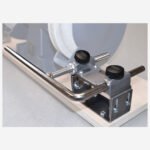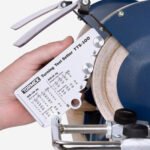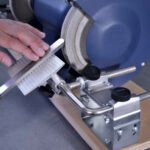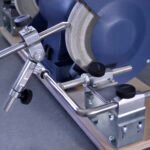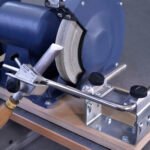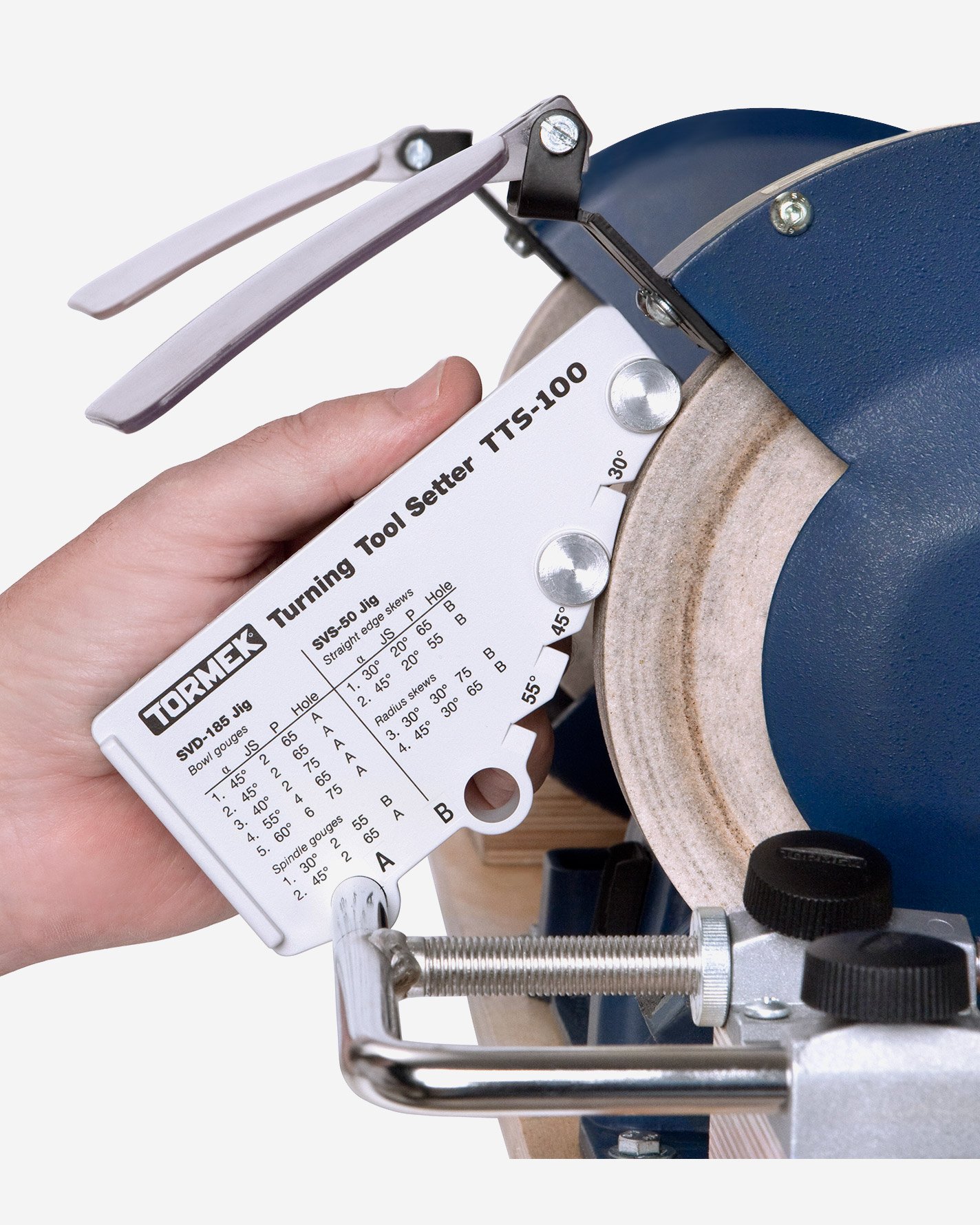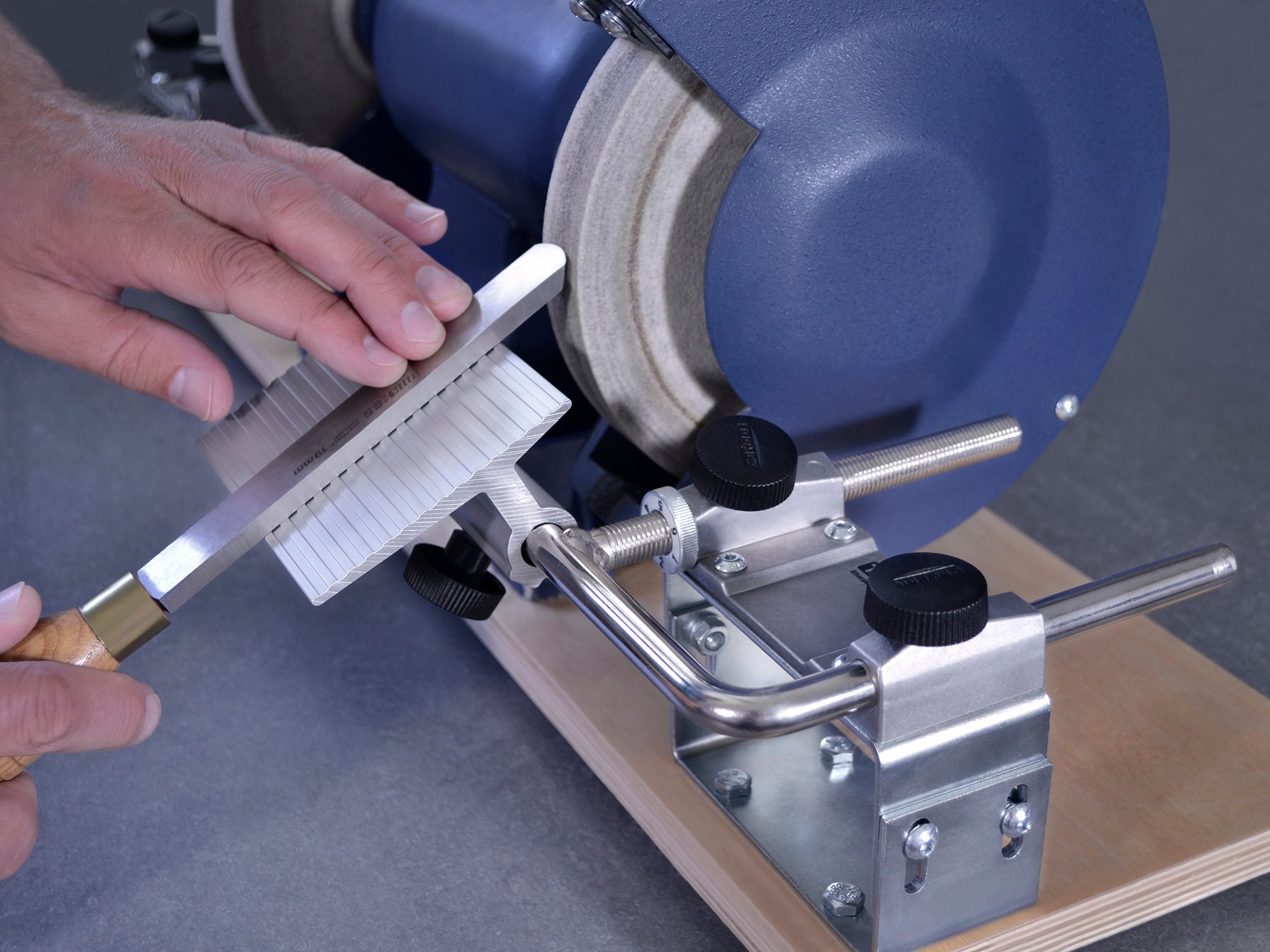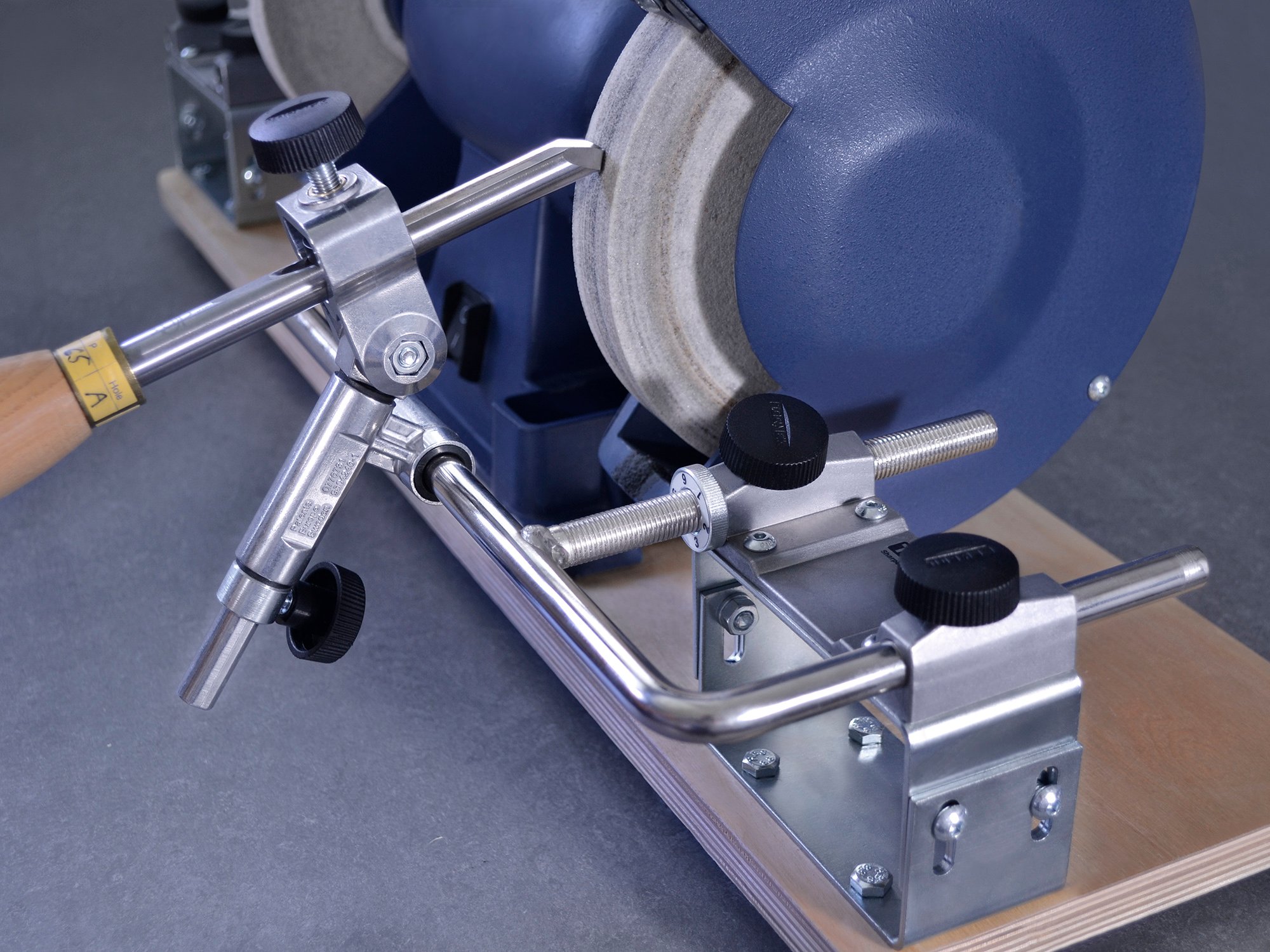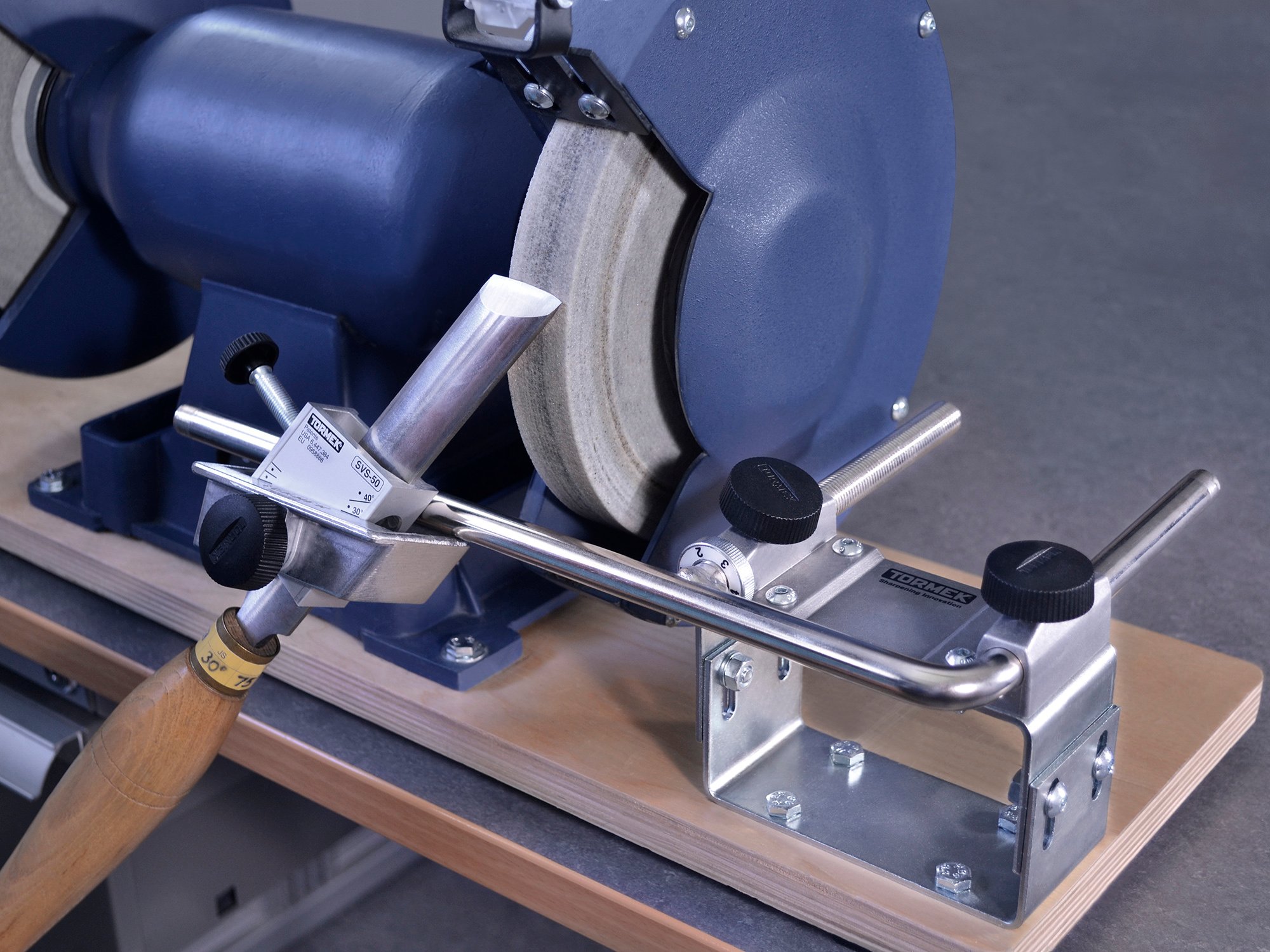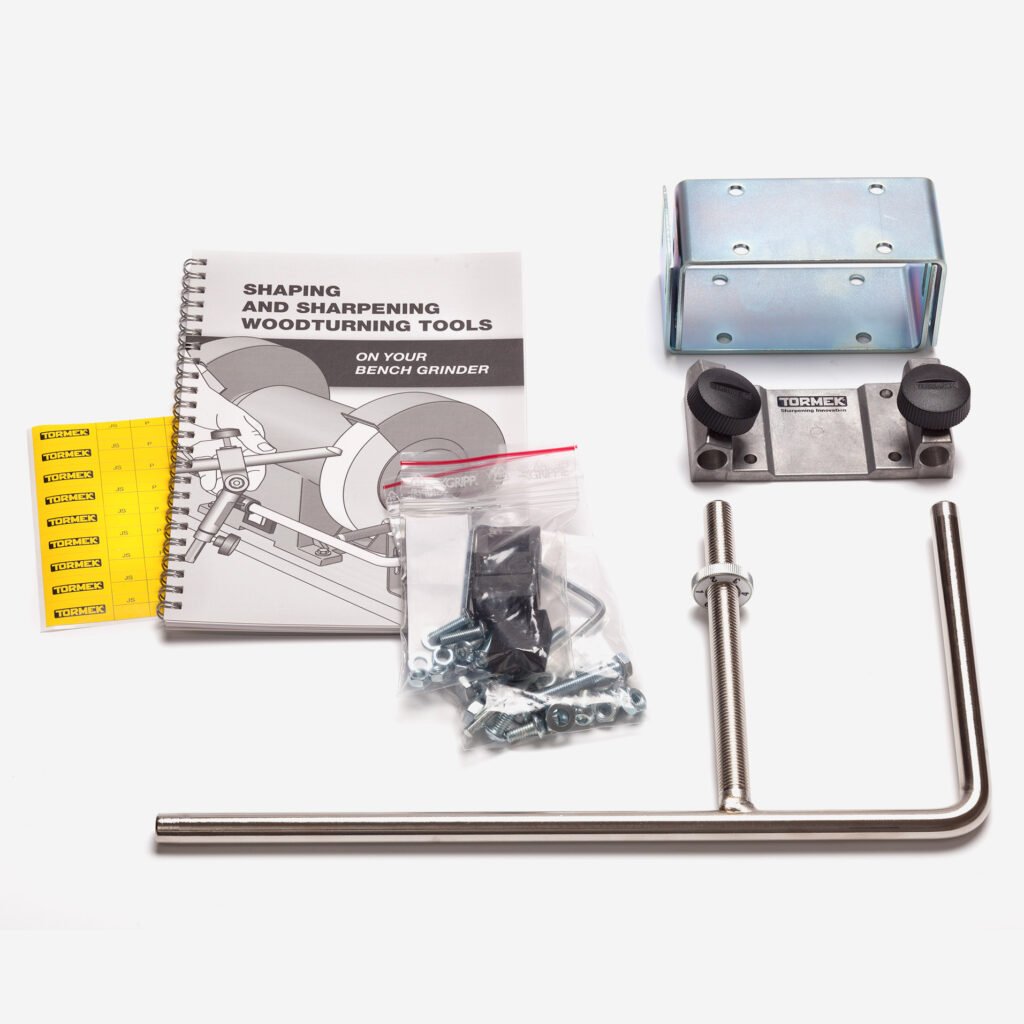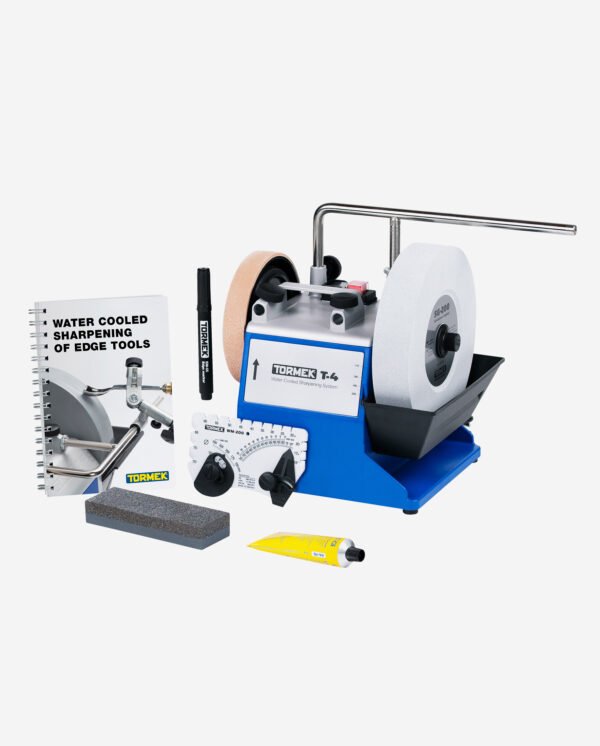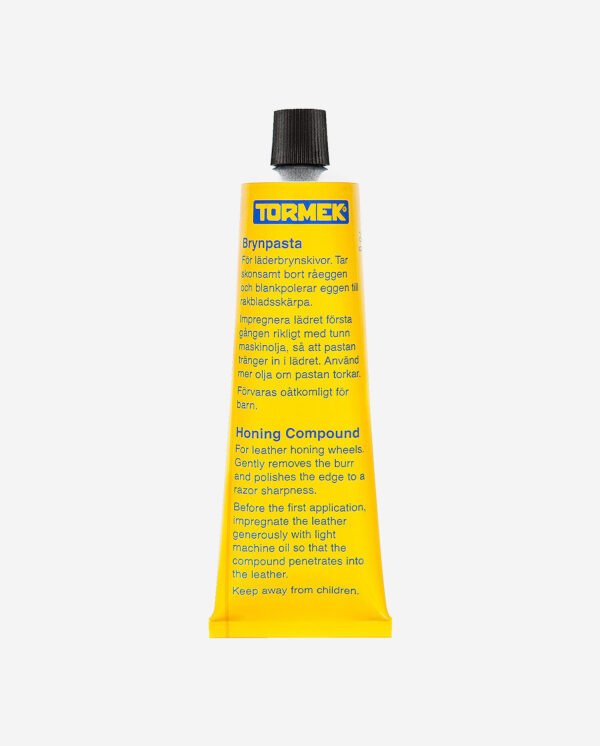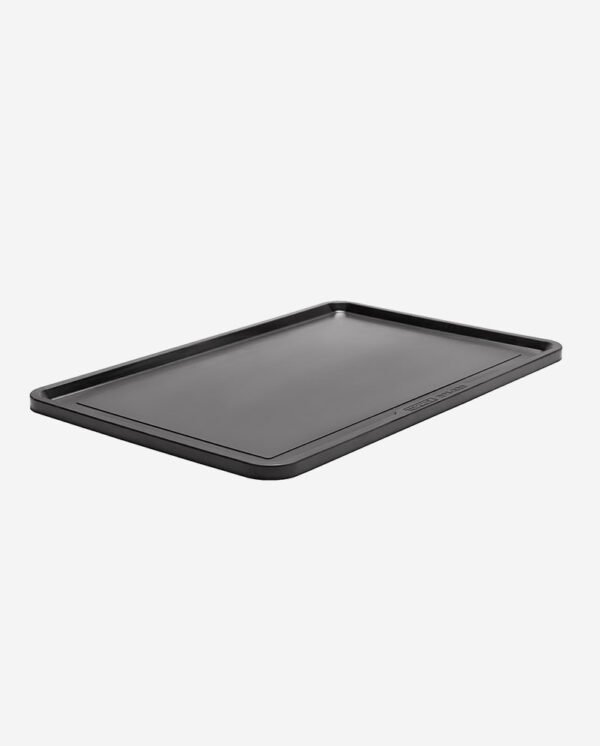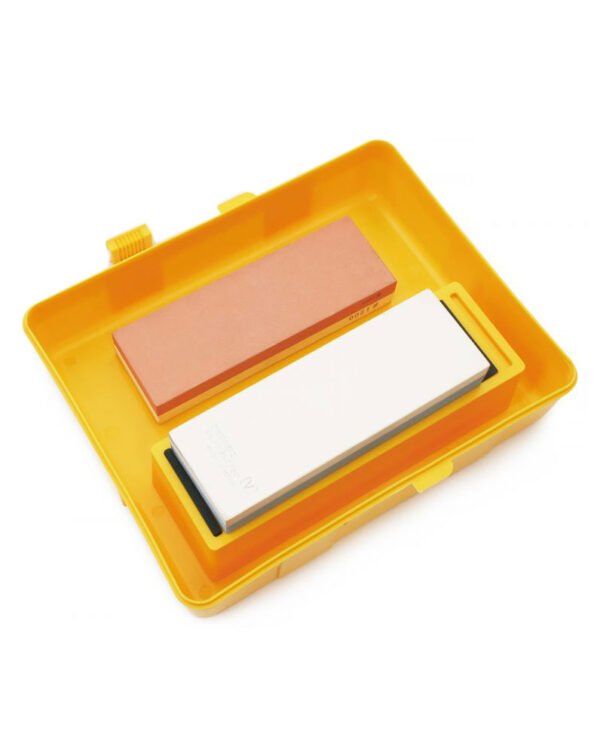Description
Take control of your profiles
No matter which grinding machine you use, the most difficult part in sharpening woodturning tools is to exactly replicate the shape and the edge angle.
With the BGM-100 you can now use the following Tormek jigs on your bench grinder: the Gouge Jig SVD-186, the Multi Jig SVS-50, the Tool Rest SVD-110 and last but not least the Turning Tool Setter TTS-100.
What does the BGM-100 package include?
The package includes a height adjustable block, hardware, a Universal Support, a Horizontal Base, feet for the base you will build and comprehensive instructions. Mount the set on either side of the grinder.
Why introduce Tormek jigs also for bench grinders?
We believe that the water cooled Tormek system is superior in sharpening virtually every edge tool in your workshop. However, there is no secret that when it comes to woodturning tools and you need to remove a lot of steel, the initial shaping can be done faster on a bench grinder. We know that many woodturners have access to a bench grinder and use it for the first rough shaping.
If you have a Tormek sharpening machine
With the BGM-100 you can use the same precise Tormek jigs through the whole sharpening process. There is no longer trial and error in getting the right shape on the bench grinder. Thanks to the TTS-100 setter, you can benefit from the fast steel removal on the bench grinder – and with the settings unchanged – move the tool to the Tormek water cooled grindstone and the leather honing wheel for the final sharpening and finish.
If you do not have a Tormek sharpening machine
If you do not yet have a Tormek machine, you can still benefit from the precise Tormek jig system to get the desired shape and edge angle on your bench grinder. The principle for setting the shape and edge angle is the same regardless of which machine you use. If you later choose to add a Tormek to your workshop, you will already have the jigs you need for your turning tools.
About Bench Grinders
Using the right type of grinding wheel
Not all grinding wheels are suitable for the precision sharpening of edge tools. The standard wheels mounted on the grinder are often too hard and become glazed easily and clogged, which reduces steel removal and causes overheating of the tool. Worn grains must wear away so that new ones come into play. If not the grains will rub instead of cutting, which will increase the friction and heat development. Use an aluminium oxide wheel with the right binding – not too hard to avoid glazing and not too soft to avoid grooves.
Wheel Surface
The wheel surface must be kept fresh and clean. Use the dresser recommended by your machine supplier.
Influence of heat on HSS steel
HSS steel can stand a much higher temperature than carbon steel without decreasing the hardness. However, at the very tip of the edge, which is very thin, the temperature can easily rise to a level which will affect the hardness. Therefore, grind cautiously at the tip of the edge and do not allow it to become blue. Overheating HSS steel can cause a decrease in the hardness by as much as 4 HRC, which shortens the life of the edge. If you cool it in water, do not cool abruptly from a high temperature, since this can cause micro cracks invisible to the naked eye.
Grinding dust
The fine dust from the grinding wheel and steel particles from the tool can be a health hazard. It is best to use a dust extraction system, so the dust does not pollute the air. You must use a separate extraction system and not the same system as for your wood dust, since a spark could light a fire in the inflammable fine dust.
Includes:
- US-105 Universal Support
- XB-100 Horizontal Base
- PL-01 Profile Labels
- A height-adjustable block for mounting
- Screws and accessories
- Rubber feet for the base that you build yourself
- Instructions for the BGM-100 Bench Grinder Mounting Set

